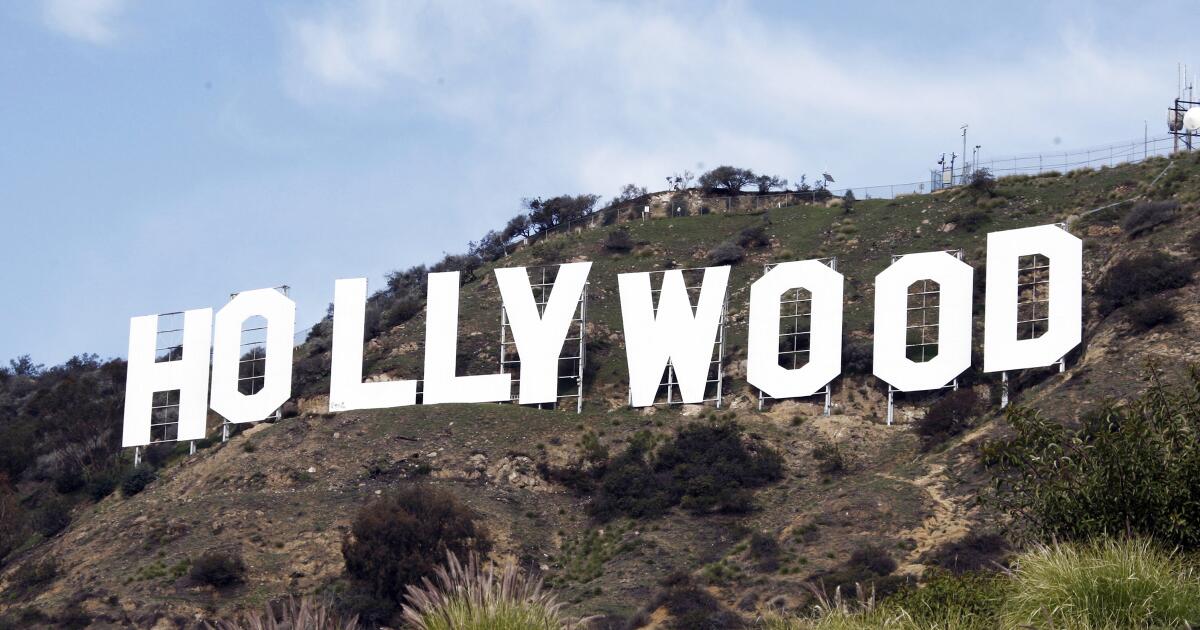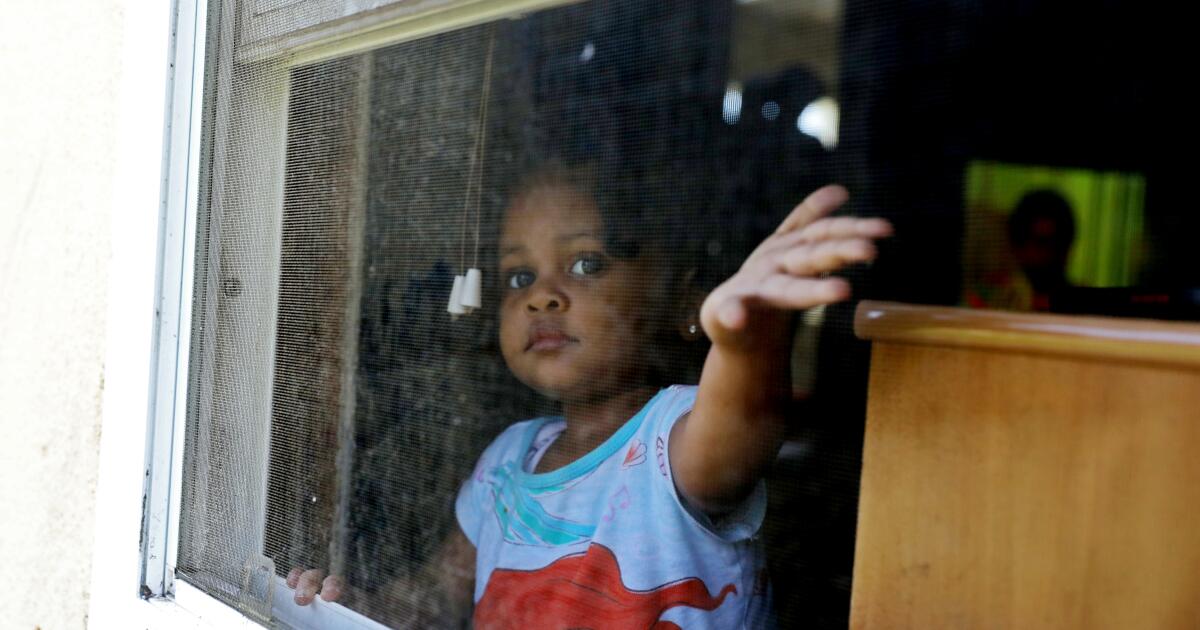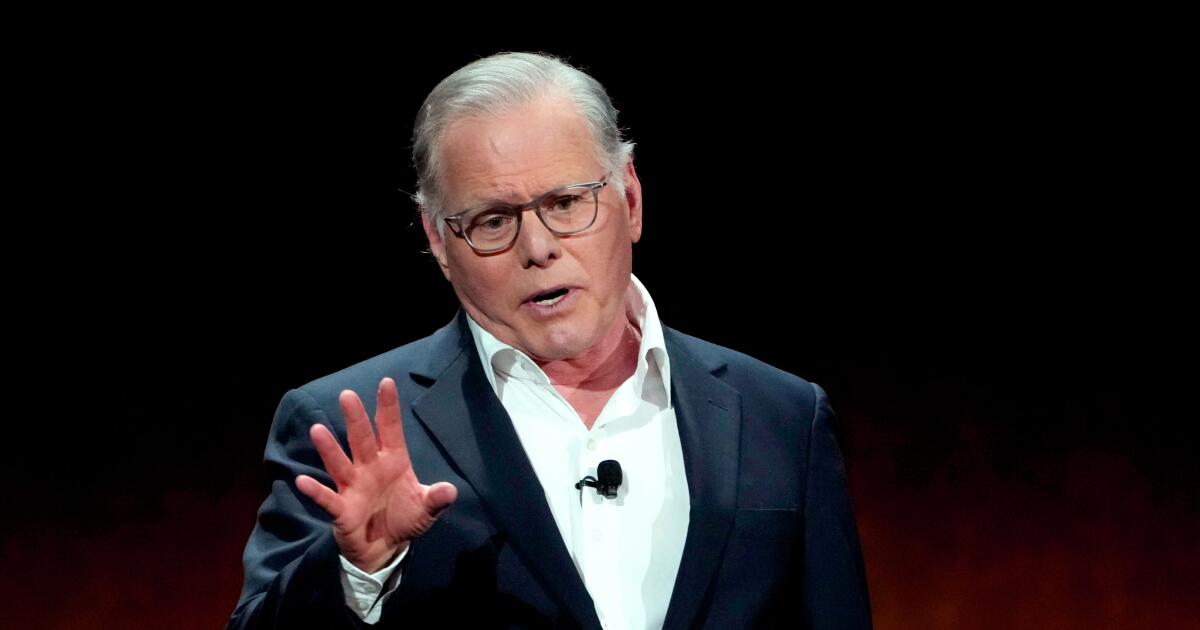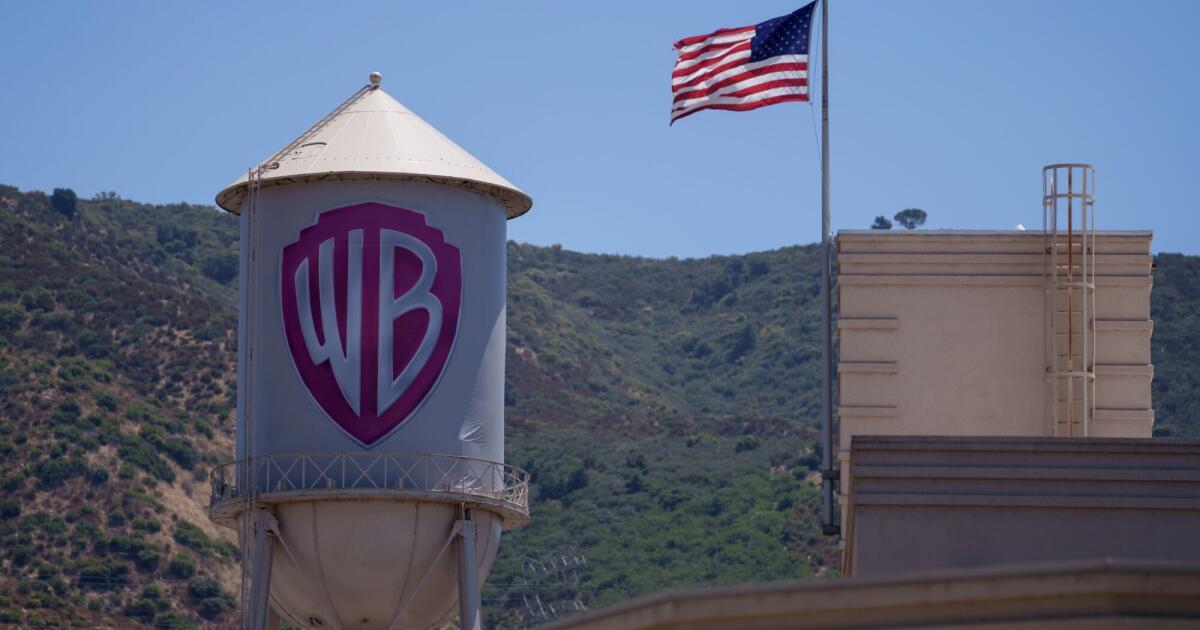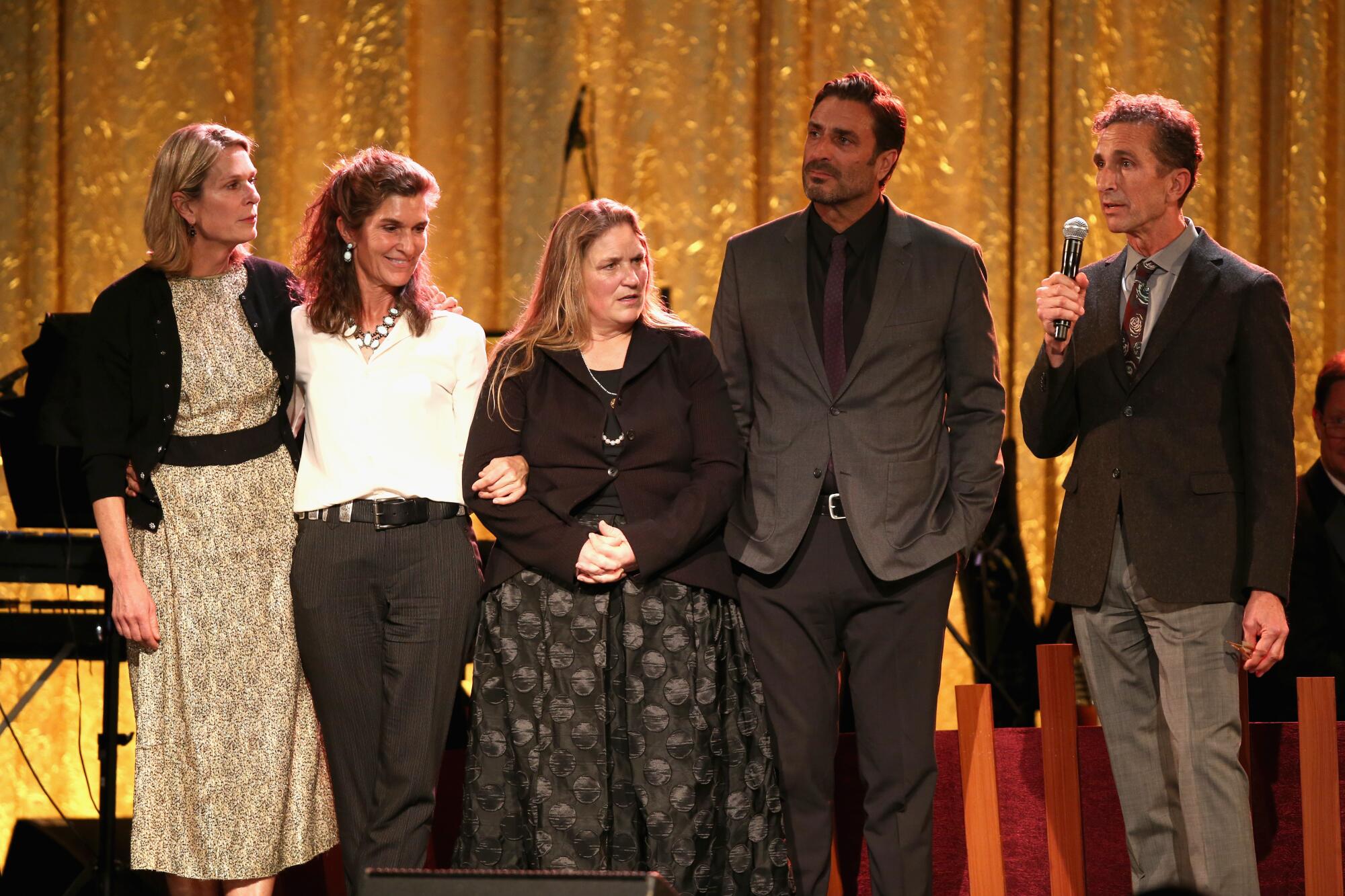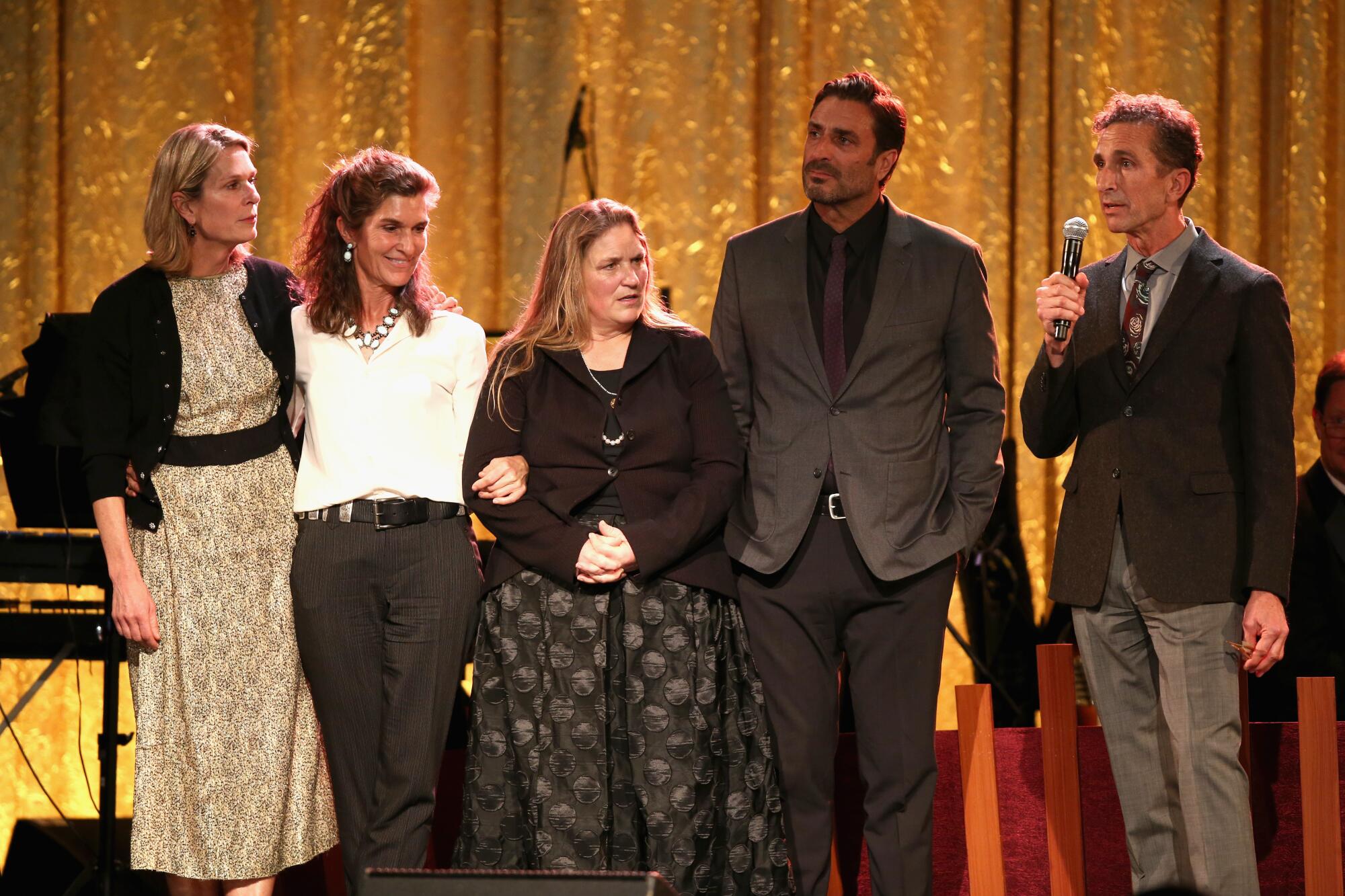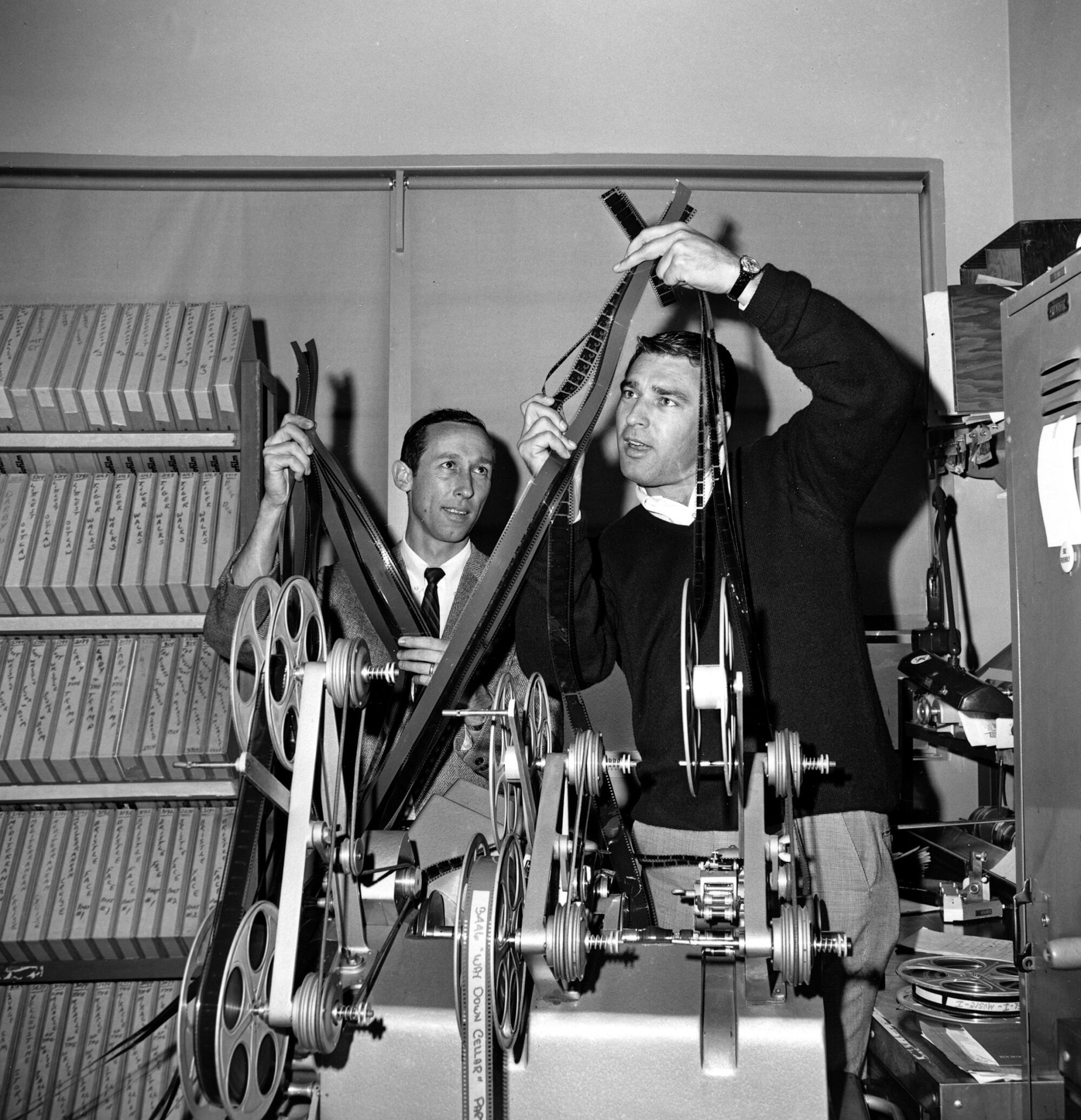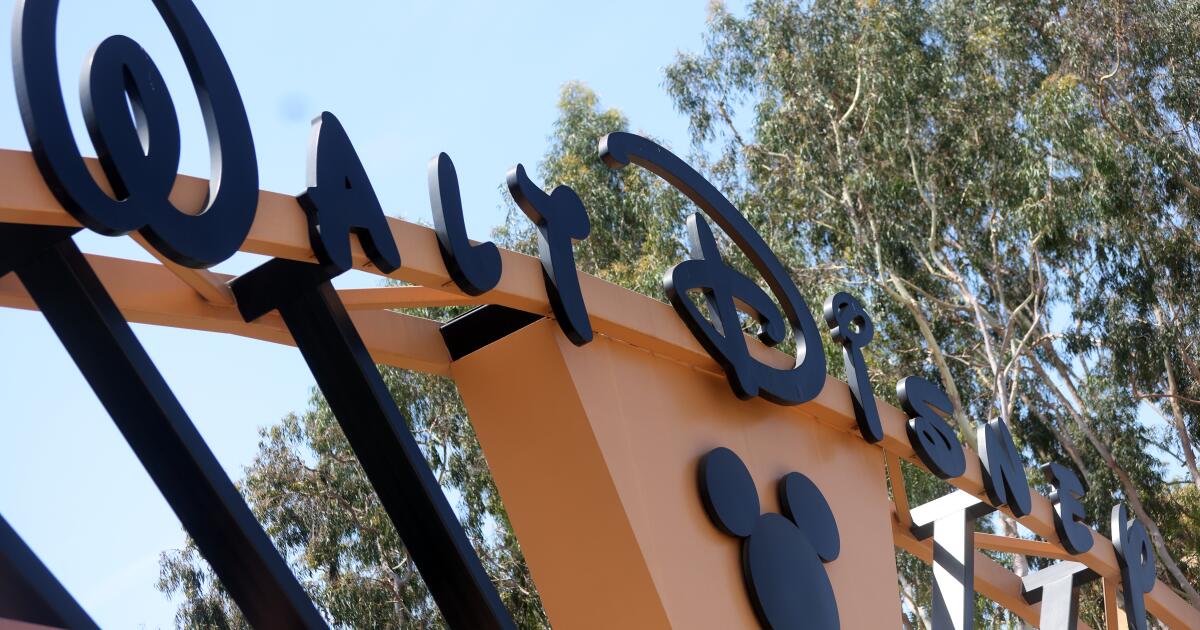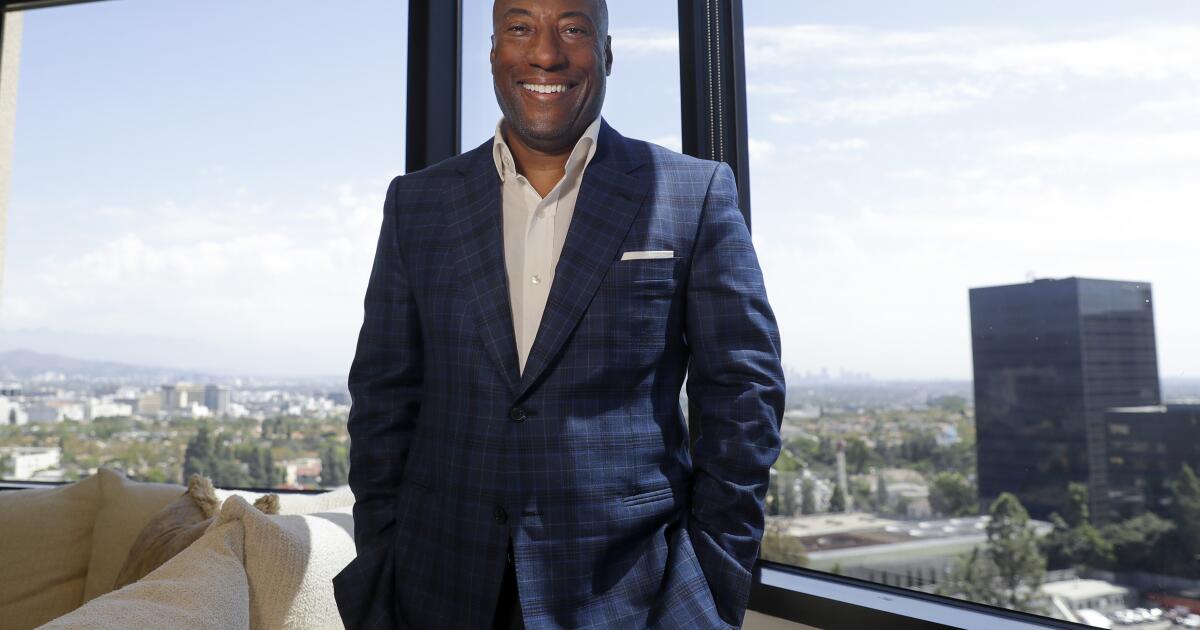ICE is using no-bid contracts to get more detention beds
LEAVENWORTH, Kan. — Leavenworth, Kan., occupies a mythic space in American crime, its name alone evoking a shorthand for serving hard time. The federal penitentiary housed gangsters Al Capone and Machine Gun Kelly — in a building so storied that it inspired the term “the big house.”
Now Kansas’ oldest city could soon be detaining far less famous people, migrants swept up in President Trump’s promise of mass deportations of those living in the U.S. illegally.
The federal government has signed a deal with the private prison firm CoreCivic Corp. to reopen a 1,033-bed prison in Leavenworth as part of a surge of contracts U.S. Immigration and Customs Enforcement has issued without seeking competitive bids.
ICE has cited a “compelling urgency” for thousands more detention beds, and its efforts have sent profit estimates soaring for politically connected private companies, including CoreCivic, based in the Nashville area and another giant firm, the Geo Group Inc., headquartered in southern Florida.
That push faces resistance. Leavenworth filed a lawsuit against CoreCivic after it tried to reopen without city officials signing off on the deal, quoting a federal judge’s past description of the now-shuttered prison as a “hell hole.” The case in Leavenworth serves as another test of the limits of the Republican president’s unusually aggressive tactics to force migrant removals.
To get more detention beds, the Trump administration has modified dozens of existing agreements with contractors and used no-bid contracts. One pays $73 million to a company led by former federal immigration officials for “immigration enforcement support teams” to handle administrative tasks, such as helping coordinate removals, triaging complaints or telling ICE if someone is a risk to community safety.
Just last week, Geo Group announced that ICE modified a contract for an existing detention center in southeastern Georgia so that the company could reopen an idle prison on adjacent land to hold 1,868 migrants — and earn $66 million in annual revenue.
“Never in our 42-year company history have we had so much activity and demand for our services as we are seeing right now,” said CoreCivic CEO Damon Hininger during an earnings call last month with shareholders.
A tax-cutting and budget reconciliation measure approved last month by the House includes $45 billion over four years for immigrant detention, a threefold spending increase. The Senate is now considering that legislation.
Declaring an emergency to expedite contracts
When Trump started his second term in January, CoreCivic and Geo had around 20 idle facilities, partly because of sentencing reforms that reduced prison populations. But the Trump administration wants to more than double the existing 41,000 beds for detaining migrants to at least 100,000 beds and — if private prison executives’ predictions are accurate — possibly to more than 150,000.
ICE declared a national emergency on the U.S. border with Mexico as part of its justification for authorizing nine five-year contracts for a combined 10,312 beds without “Full and Open Competition.”
Only three of the nine potential facilities were listed in ICE’s document: Leavenworth, a 2,560-bed CoreCivic-owned facility in California City and an 1,800-bed Geo-owned prison in Baldwin, Mich.
The agreement for the Leavenworth facility hasn’t been released, nor have documents for the other two sites. CoreCivic and Geo Group officials said last month on earnings calls that ICE used what are known as letter contracts, meant to speed things up when time is critical.
Charles Tiefer, a contract expert and professor emeritus of law at the University of Baltimore Law School, said letter contracts normally are reserved for minor matters, not the big changes he sees ICE making to previous agreements.
“I think that a letter contract is a pathetic way to make big important contracts,” he said.
A Kansas prison town becomes a priority
CoreCivic’s Leavenworth facility quickly became a priority for ICE and the company because of its central location. Leavenworth, with 37,000 residents, is only 10 miles to the west of the Kansas City International Airport. The facility would hold men and women and is within ICE’s area of operations for Chicago, 420 miles to the northeast.
“That would mean that people targeted in the Chicago area and in Illinois would end up going to this facility down in Kansas,” said Jesse Franzblau, a senior policy analyst for the National Immigrant Justice Center.
Prisons have long been an important part of Leavenworth’s economy, employing hundreds of workers to guard prisoners held in two military facilities, the nation’s first federal penitentiary, a Kansas correctional facility and a county jail within six miles of city hall.
Resistance from Trump country
The Leavenworth area’s politics might have been expected to help CoreCivic. Trump carried its county by more than 20 percentage points in each of his three campaigns for president.
But skeptical city officials argue that CoreCivic needs a special use permit to reopen its facility. CoreCivic disagrees, saying that it doesn’t because it never abandoned the facility and that the permitting process would take too long. Leavenworth sued the company to force it to get one, and a state-court judge issued an order requiring it earlier this month.
An attorney for the city, Joe Hatley, said the legal fight indicates how much ill will CoreCivic generated when it held criminal suspects there for trials in federal court for the U.S. Marshals Service.
In late 2021, CoreCivic stopped housing pretrial detainees in its Leavenworth facility after then-President Biden, a Democrat, called on the U.S. Department of Justice to curb the use of private prisons. In the months before the closure, the American Civil Liberties Union and federal public defenders detailed stabbings, suicides, a homicide and inmate rights violations in a letter to the White House. CoreCivic responded at the time that the claims were “false and defamatory.”
Vacancies among correctional officers were as high as 23%, according to a Department of Justice report from 2017.
“It was just mayhem,” recalled William Rogers, who worked as a guard at the CoreCivic facility in Leavenworth from 2016-20. He said repeated assaults sent him to the emergency room three times, including once after a blow to the head that required 14 staples.
The critics have included a federal judge
When Leavenworth sued CoreCivic, it opened its lawsuit with a quote from U.S. District Court Judge Julie Robinson — an appointee of President George W. Bush, a Republican — who said of the prison: “The only way I could describe it frankly, what’s going on at CoreCivic right now is it’s an absolute hell hole.”
The city’s lawsuit described detainees locked in showers as punishment. It said that sheets and towels from the facility clogged up the wastewater system and that CoreCivic impeded the city police force’s ability to investigate sexual assaults and other violent crimes.
The facility had no inmates when CoreCivic gave reporters a tour earlier this year, and it looked scrubbed top to bottom and the smell of disinfectant hung in the air. One unit for inmates had a painting on one wall featuring a covered wagon.
During the tour, when asked about the allegations of past problems, Misty Mackey, a longtime CoreCivic employee who was tapped to serve as warden there, apologized for past employees’ experiences and said the company officials “do our best to make sure that we learn from different situations.”
ICE moves quickly across the U.S.
Besides CoreCivic’s Leavenworth prison, other once-shuttered facilities could come online near major immigrant population centers, from New York to Los Angeles, to help Trump fulfill his deportation plans.
ICE wants to reopen existing facilities because it’s faster than building new ones, said Marcela Hernandez, the organizing director for the Detention Watch Network, which has organized nationwide protests against ICE detention.
Counties often lease out jail space for immigrant detention, but ICE said some jurisdictions have passed ordinances barring that.
ICE has used contract modifications to reopen shuttered lockups like the 1,000-bed Delaney Hall Facility in Newark, N.J., and a 2,500-bed facility in Dilley, Texas, offering no explanations why new, competitively bid contracts weren’t sought.
The Newark facility, with its own history of problems, resumed intakes May 1, and disorder broke out at the facility Thursday night. Newark Mayor Ras Baraka, a Democrat who previously was arrested there and accused of trespassing, cited reports of a possible uprising, and the Department of Homeland Security confirmed four escapes.
The contract modification for Dilley, which was built to hold families and resumed operations in March, calls its units “neighborhoods” and gives them names like Brown Bear and Blue Butterfly.
The financial details for the Newark and Dilley contract modifications are blacked out in online copies, as they for more than 50 other agreements ICE has signed since Trump took office. ICE didn’t respond to a request for comment.
From idle prisons to a ‘gold rush’
Private prison executives are forecasting hundreds of millions of dollars in new ICE profits. Since Trump’s reelection in November, CoreCivic’s stock has risen in price by 56% and Geo’s by 73%.
“It’s the gold rush,” Michael A. Hallett, a professor of criminal justice at the University of North Florida who studies private prisons. “All of a sudden, demand is spiraling. And when you’re the only provider that can meet demand, you can pretty much set your terms.”
Geo’s former lobbyist Pam Bondi is now the U.S. attorney general. It anticipates that all of its idle prisons will be activated this year, its executive chairman, George Zoley, told shareholders.
CoreCivic, which along with Geo donated millions of dollars to largely GOP candidates at all levels of government and national political groups, is equally optimistic. It began daily talks with the Trump administration immediately after the election in November, said Hininger.
CoreCivic officials said ICE’s letter contracts provide initial funding to begin reopening facilities while the company negotiates a longer-term deal. The Leavenworth deal is worth $4.2 million a month to the company, it disclosed in a court filing.
Tiefer, who served on an independent commission established to study government contracting for the Iraq and Afghanistan wars, said ICE is “placing a very dicey long-term bet” because of its past problems and said ICE is giving CoreCivic “the keys to the treasury” without competition.
But financial analysts on company earnings calls have been delighted. When CoreCivic announced its letter contracts, Joe Gomes, of the financial services firm Noble Capital Markets, responded with, “Great news.”
“Are you hiding any more of them on us?” he asked.
Hollingsworth and Hanna write for the Associated Press. Hanna reported from Topeka, Kan. AP writers Joshua Goodman in Miami and Morgan Lee, in Santa Fe, N.M., contributed to this report.

